Thailand has a universal reputation for excellence in delivering the art of wellness, but within it there is still sufficient space for visionary entrepreneurs to cut out a niche market for themselves.
It seems appropriate that the managing director of Kamalaya Koh Samui – the master of the art of wellness – uses an analogy drawn from nature to illustrate his point about business. “Sometimes companies are like oak trees that are built with boards and nails,” says Marc-Antoine Cornaz over lunch by the resort’s pool. “It looks like an oak tree, but it isn’t really – it isn’t a stable one.”
There are no oak trees at the wellness sanctuary and holistic spa resort; rather the foliage surrounding us is typically tropical, but his message is clear nevertheless. “Certain things just take time to grow,” he adds as a reinforcement.
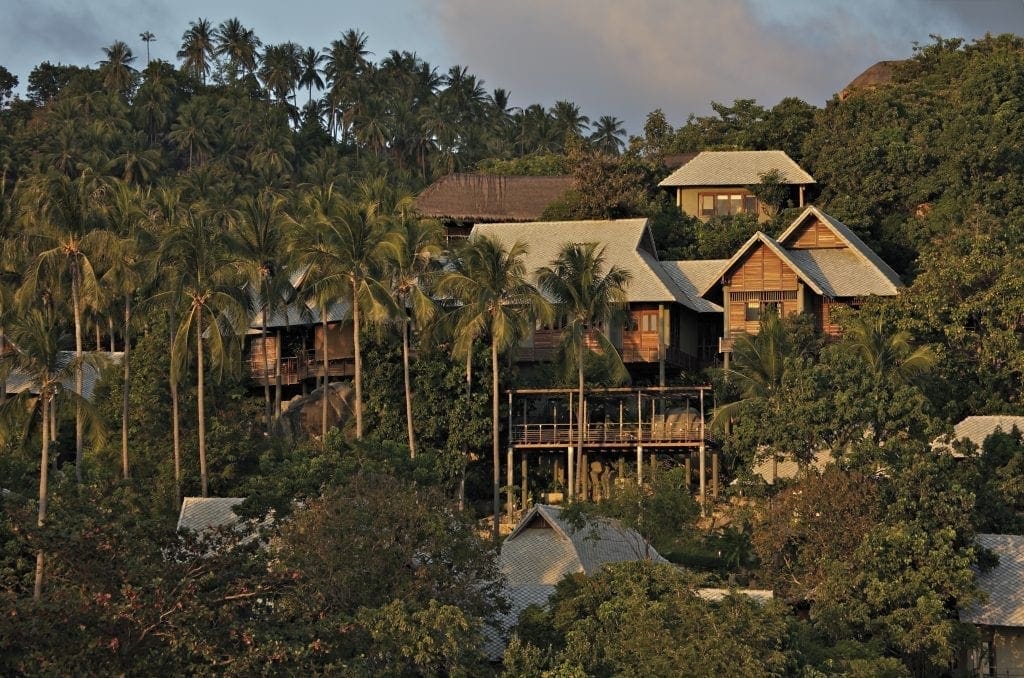
Fortunately Kamalaya was given time.
Although Cornaz admits the resort had a “very, very difficult” inception – it was not until its fifth year that the business model proved itself – this was not something totally unexpected. “This is not a business that you can just put on the shelf at Tesco’s and it sells,” he says. “It is building nearly exclusively by word of mouth, so that takes time, but it’s very solid as it builds.” Just like an oak tree, you might add.
Eight years later and business is as strong as that veritable oak. Occupancy is a year-round 80 percent, with around 30 percent repeat customers. The art of wellness is clearly also good business. On average guests stay for eight nights and take 2.5 treatments or classes each day. Around 40 percent of revenue stems from wellness, something Cornaz claims is unusual within the industry.
Images of Anthony Hopkins playing Dr Kellogg in The Road to Wellville merged rather bizarrely with Carry On Camping – only up-scale – in my mind
But Kamalaya is no normal spa resort. “We are really a destination wellness resort where guests come to do programmes,” says Cornaz. These range from traditional Asian massage therapy to meditation, yoga and even drawing classes that deliver a result over a week or longer. The approach is decidedly holistic, equating a healthy body with a healthy mind. “That is very different from a spa package where you sprinkle a little bit of everything in a salad.”
It is an approach Cornaz claims appeals to a select but high-spending clientele that feels “disconnected” from modern day society. “It’s somebody who realises I’m running into a crisis here,” he says, adding that this might coincide with a recent trauma such as an online divorce or a loss of someone close. What Kamalya provides is a supportive environment that allows guests to embark upon a journey that stems from within – one that can take senior executives on a spiritual road to Damascus. “They can see themselves having a balanced life and being successful, which for many is a complete contradiction,” says Cornaz.
I admit I hadn’t known what to expect when I checked into the Kamalaya a few days’ earlier. Images of Anthony Hopkins playing Dr Kellogg in The Road to Wellville merged rather bizarrely with Carry On Camping – only up-scale – in my mind. By the third day of my stay I realised it was nothing like either.
I was not alone in my misconception.
“It’s not as I anticipated,” Karen, an Australian expat executive from Malaysia confesses to me as she awaits one of her spa treatments. “I didn’t realise I had so many unresolved issues.” Before I could determine why Karen had chosen to resolve her issues at Kamalaya rather than over a glass of chilled pinot grigio with friends, I was whisked off to an Ayurvedic massage, a flimsy brown sarong protecting my modesty.
According to Cornaz, Karen’s reaction is typical of many first-time visitors. While we share lunch – mine a delightful cucumber and melon salad that will become my mainstay over ensuing days – he continues to explain that many guests come to seek a cure for something, only to discover that their ill lies much deeper. At Kamalaya the body and the mind are treated as one.
“The biggest progress is made when you can let go of certain emotional blockages,” he says. “Because of such unresolved emotions, major imbalances on an emotional level are very, very often behind physical pain or chronic issues.”
The problem is not so much that you are drinking 21 cups of coffee a day, but why you are drinking them. Kamalaya provides the space for guests to ask the questions they never knew needed answering.
It is an approach that has reaped a plethora of international accolades, most recently Worldwide Health & Wellness Destination of the Year at the World Spa & Wellness Awards held in London in February, Kamalaya .
The Art Of Wellness, Day One
I had selected the Asian Bliss programme that is designed for top executives needing to recharge their batteries, and apparently me. It offers various forms of Thai and Indian massages interspersed with more meditative options such as reiki, yoga and pranayama – a traditional Indian deep-breathing technique.
Unfortunately my one-to-one sessions merely served to reinforce my total inadequacy in all things new age. I already knew my body had the suppleness of one of Cornaz’s oak trees, but up to this point I had mistakenly believed I was a master in the art of breathing. My folly soon became apparent as my diaphragm expanded when urged to contract, as if it knew something my instructor did not. Her look of resignation upon the conclusion of our session reminded me of a dance teacher who once naively tried to explain to me the fundamentals of the salsa.
The Art Of Wellness, Day Two
By the second day I had decided to take the path towards detoxification. I had spent the previous day marvelling at the range of healthy choices on the menu, only then to deny myself of most of them. Gone were meat, fish, egg, dairy, wheat, corn and a variety of other ingredients including tomato, in addition to coffee and alcohol, to be replaced by raw vegetables and lentils.
“Which day?” asks a German woman passing me at breakfast, having noted my preference for all things detox. “The first two days are really tough,” she confides upon discovering it was my first day on the programme. “But after that it gets easier.” I felt as though I had just enrolled at the Betty Ford Clinic, as she explained how she had so much more energy now than before. I almost expected to discover an ‘I took the detox course and survived’ sticker on her blouse. At least there was no circle where I had to confess, “I am a toxoholic”.
As forewarned, the first day of my puritanical diet was accompanied with a dull pain at the back of my head, but truth be told it was no worse that the morning after a heavy night before. If anything, I felt reassured that the long-stored toxins had finally got the message that they had far outstayed their welcome. Actually, I found my new regimen a relative stroll in the park. Having been a vegetarian for many years in my pre-Asian existence, I derived a reassuring familiarity from the restricted diet. However, those with a more carnivorous mind-set might find it difficult to forego the steak and ostrich meat – apparently a very lean red meat – that lay within the “beware” section of the menu.
The Art Of Wellness, Day Three
By day three I felt positively rejuvenated. I had fallen into a familiar pattern of waking to the sound of birdsong in my green oasis, before taking the steep climb uphill to the wellness sanctuary for my next treatment. I soon became confused as to whether it was my feet, hands, head or stomach that was due to be massaged, not that it mattered much, as each treatment seemed to involve a mix of any of the above. They were also consistently excellent, and I found my mind drifting off into the beautiful lagoon that lay beneath on more than one occasion.
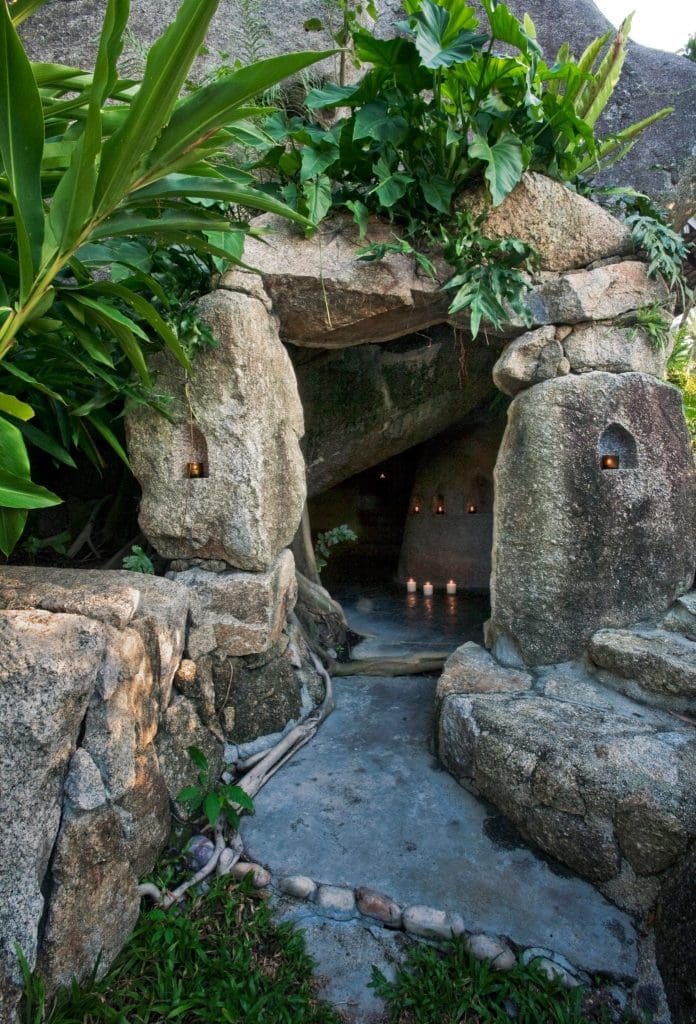
According to Cornaz, part of Kamalaya’s philosophy is to treat people like adults, “not like [they’re on] a boot camp”. Most guests are successful business people suffering from burn-out or seeking to overcome a recent trauma. Hence the choice of red wine or carrot juice to accompany your steak or yellow lentil soup. But most important of all is for guests to enjoy their Kamalaya experience and to be one with the nature that surrounds them. “After all they are all on holiday,” he says.
On my last day I decided to turn off my mobile phone and store my laptop away in my safety box. Mobiles are banned from communal areas, as is smoking at Kamalaya; I did not overhear one phone conversation in the five days. It’s amazing how much time you have once you decide to block off external distractions. I spent a peaceful morning lazing by the beach in a hammock, reminiscing holidays gone by and reading Sebastian Faulk’s Birdsong.
Kamalaya benefits from its niche position within a much larger Thai wellness industry. However, Cornaz believes that there is much potential for growth within the sector, especially with the emerging markets from Russia, China and India. However, he also warns resort owners to be wary of losing traditional guests while seeking to tap into the mass market.
Cornaz has no concerns about any copy-cat venture trying to muscle in on Kamalya’s territory. “It takes time; you can’t just copy and paste that so easily,” he says. “On the other hand these principles are known since ever. It just needs the perseverance to go through with it.”
For more information about Kamalya Koh Samui and the Art of Wellness, visit: www.kamalaya.com.
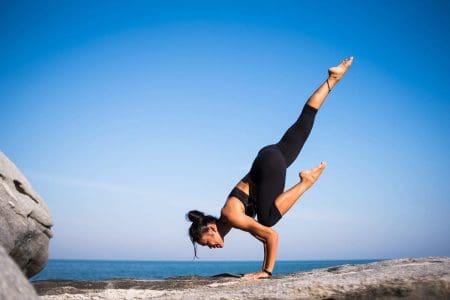
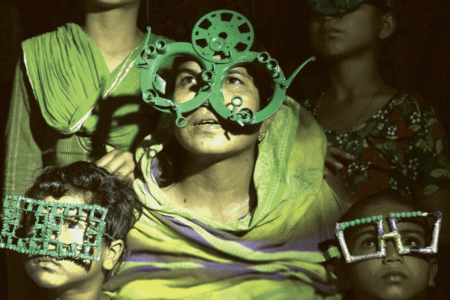

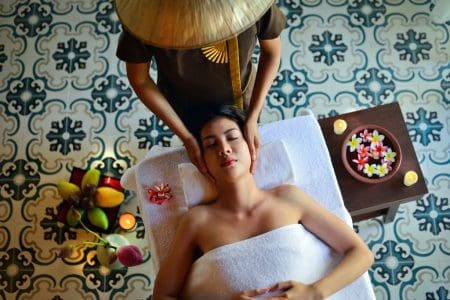
Hi Mark, Thanks for your article. I am currently deciding to check into this resort for some wellness and relaxation in September. Could you tell me if you think it is worth the money and experience? And any other helpful advice? Thanks Tracy
Hi Tracy – it’s quite wonderful. Very relaxing, beautiful setting and very adult – in that you can drink wine with your meal if you choose – not that I did. I felt so refreshed after both my visits there. I would try to give yourself 7 days if possible. As for whether it’s worth it I guess that is down to you, but I had a blissful time there. Unless you really wan to detox, I’d skip that and go for the Asian pampering package with all the massages etc. I loved the head massage. Would be great to mention us if you do decide to book (we won’t get anything in return, but Kamalaya will know you read our article).
Thanks Mark, funnily enough I specifically researched travel for over 40’s with emphasis on non partying/ kid free environments after several ‘wellness spa and tours of South East Asia’ searches led me to either specifically for 18-35 year olds or 8 – 99 year olds and was thankfully brought to your site. I then discovered your article on Kamalaya, which I had already heard about, and your experience has pushed me towards going and so I have contacted them. I will of course mention your article for the recommendation.
Thank you for your help.
T
Hope you have as good a time as I did.
Such a nice and helpful piece of information. I’m so happy that you shared this helpful information with us. Please keep us up to date like this. Thanks for sharing.
https://newcracksoft.com/wp-admin/post.php?post=904&action=edit
glad you liked it